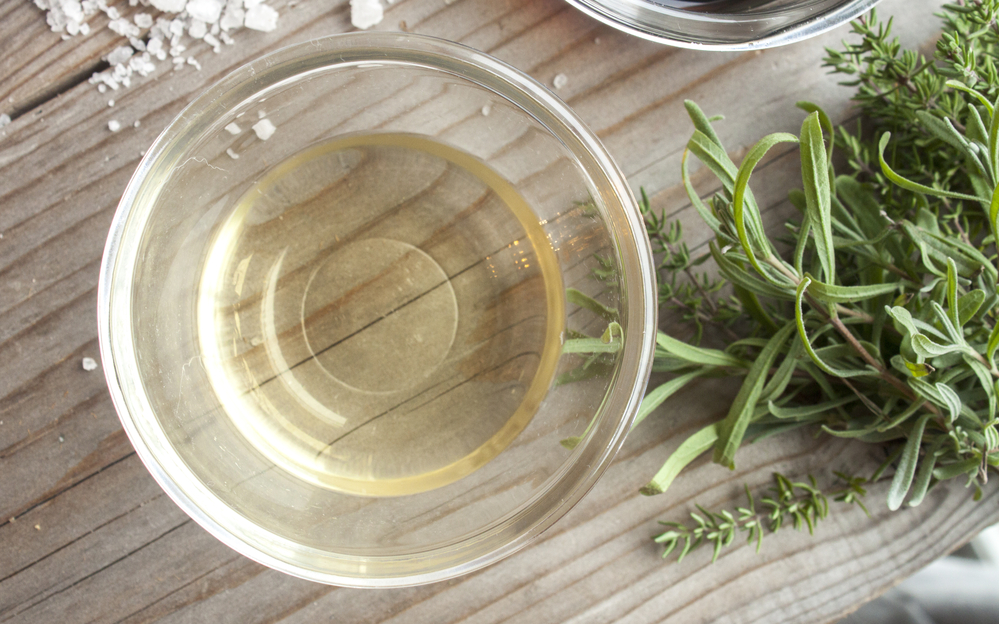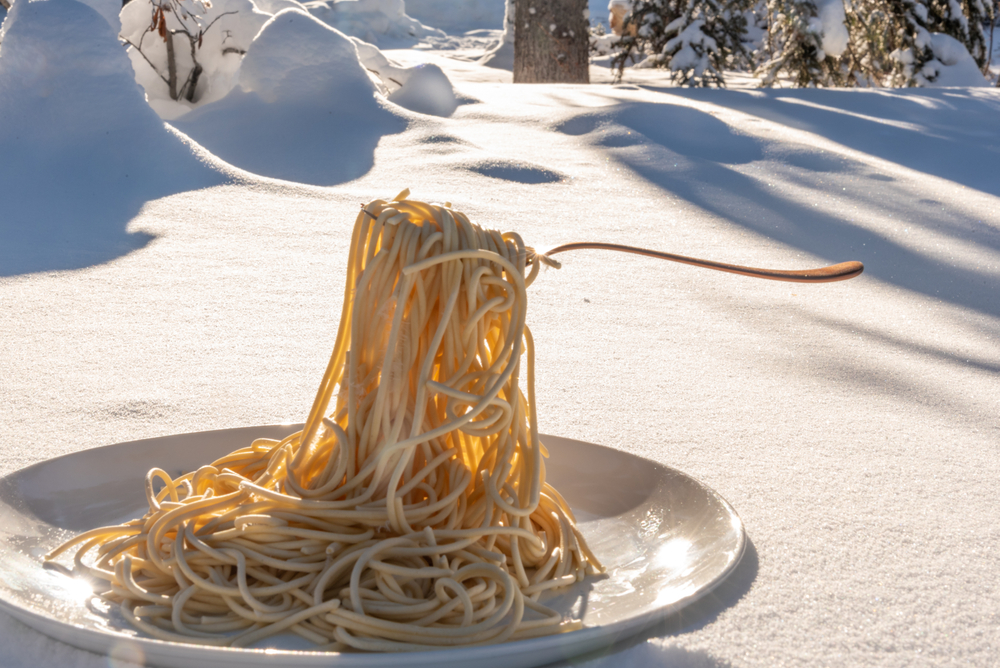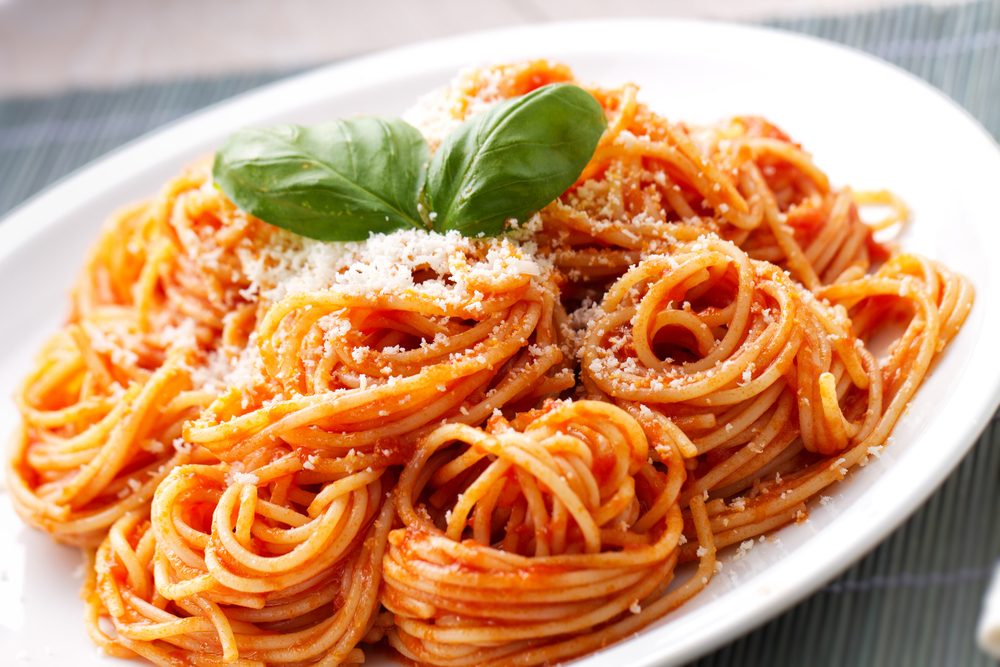Squid ink pasta, made from the dark, luminous ink of a squid that has been harvested from the animal fresh, is a delicious delicacy. Called spaghetti al nero di seppia in Italy, pasta made with a sauce of white wine and squid ink is well loved for being flavorful and visually striking.
This dark seafood treat is popular in East Asia and the Mediterranean. It is something every chef, aspiring foodie, or even curious eater should sample. The question sits, however: what does pasta with squid ink taste like?

In general, pasta with squid ink is briny. It has a salty, oceanic tang, like fish fresh from the sea. When you try squid ink pasta, you’ll find that it’s full-bodied and even rich. Despite being from the water, there’s a distinct earthy flavor to it too. Though, this taste will likely come from a sauce made with squid ink; pasta darkened with it does not taste very different in comparison.
What Does Pasta With Squid Ink Taste Like
Pasta Made With Squid Ink
Flavor
Pasta with squid ink, before any sauces or toppings have been applied, tastes largely like plain wheat or egg pasta. The difference in flavors is very very subtle. At most, you might notice a slightly saltier or more ‘seafood like taste, if anything at all.
The reason squid ink is applied into the process of making pasta dough is to add visual interest. It’s all for a touch of drama, that stunning plate presentation that will wow dinner guests.
Texture and Aroma
As long as your squid ink pasta has been made correctly, you shouldn’t detect any change in texture. The squid ink in pasta acts the same way any other natural food coloring would.
As for the scent, there may be a slightly salty smell to it, but not anything very detectable. You will not notice it if you’ve cooked and sauced your squid ink pasta with other ingredients.
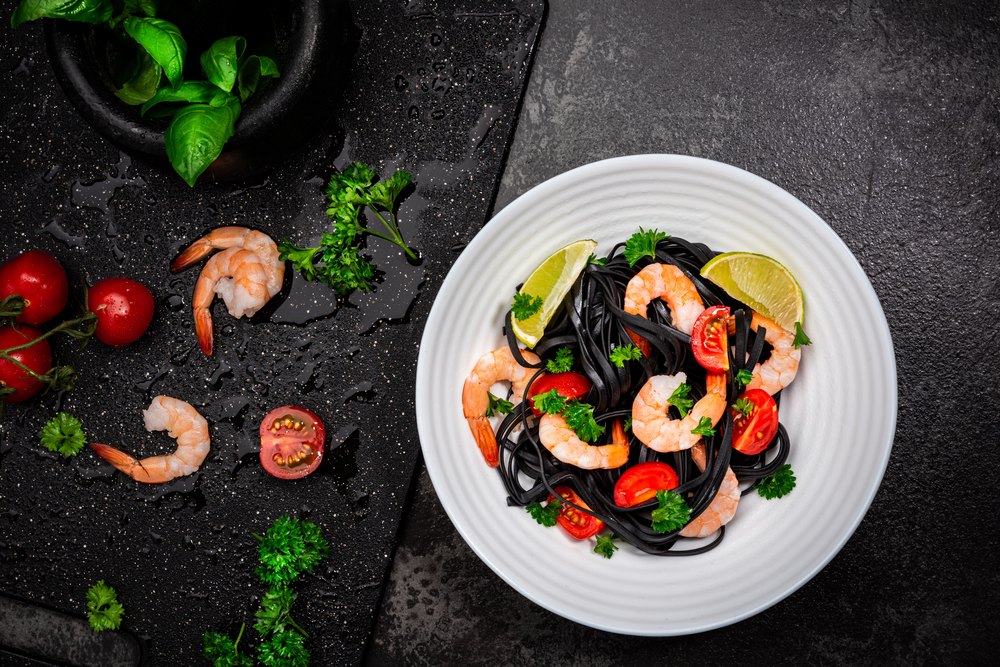
Pasta With Squid Ink Sauce
If you’re using a plain wheat pasta or a pasta that has been colored with squid ink, you’ll still not notice a huge difference in taste or textures. The real flavor of squid ink will be found if it’s used in a sauce. It will be much more noticeable here than just used as a coloring agent in your pasta noodles.
When describing the taste of squid ink, gourmets will usually refer to the taste as being briny. Squid ink tastes the way clean, clear ocean smells. The flavor is salty, even sort of saline in taste. It has been compared favorably to an oyster in terms of salinity.
Salty, earthy, and briny, squid ink pasta has a unique flavor that is reminiscent of the sea. There are umami notes, savory and complex tastes that will make it interesting and delicious over pasta.
The taste isn’t overwhelming by any means. While it is described as being briny and salty, these notes are subtle. As a big picture, especially in conjunction with other elements, pasta with squid ink tastes rather neutral.
With Other Ingredients
Squid ink alone is not usually what you’ll find tossed with your spaghetti al nero di seppia. Adding white wine, tomato, or cuts of squid meat into the mix will elevate the flavors of the squid ink. The result is an adventurous, tangy meal that pairs excellently with white wine.
Olive oil and garlic will drive home Mediterranean flavors, while lemon brings about a freshness to the earthy, briny sauce. Squid ink pasta sauce can also be given a dose of heat from red chile flakes. You may also encounter an herbaceous element via bay, oregano, or parsley.
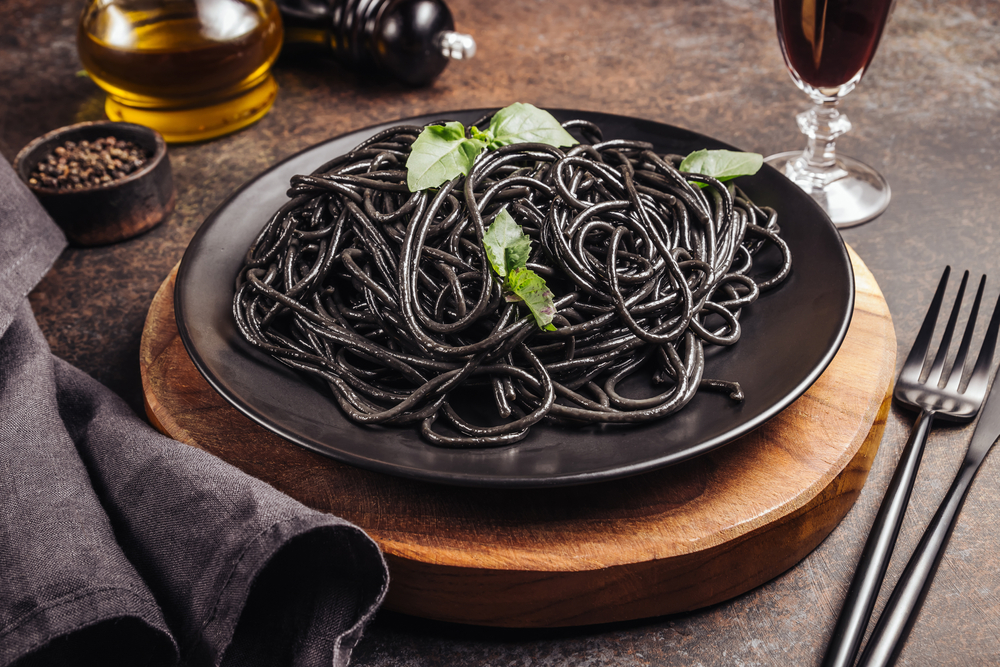
Aroma
When you make a squid ink pasta with ingredients like white wine, tomato, or other fish like shrimp or scallops, you will likely notice their scent first. Aromatics like garlic, shallots, and ginger will stand out especially, as is their purpose. You will not detect a strong fishy scent from squid ink pasta unless you’ve cooked it with other fish.
Conclusion
Pasta with squid ink has a subtle flavor, that is usually there more to act as a complement to other elements in your pasta. The dark, striking noodles make for an excellent presentation that feels high-end and unique. When making pasta noodles, squid ink acts more as a colorant than anything, not changing the taste much.
The taste of it alone is briny, with salty saline notes. There are hints of savory, earthy umami that you’ll be able to detect in the dark blue-black sauce. Oysters are the usual point of reference that chefs will use to describe the saline taste.
This taste profile is subtle, and somewhat neutral when compared to sharper, more acidic ones you’d find in a sauce. White wine, tomato, herbs, and spices are all likely to lend more complexity to a sauce made with squid ink.



